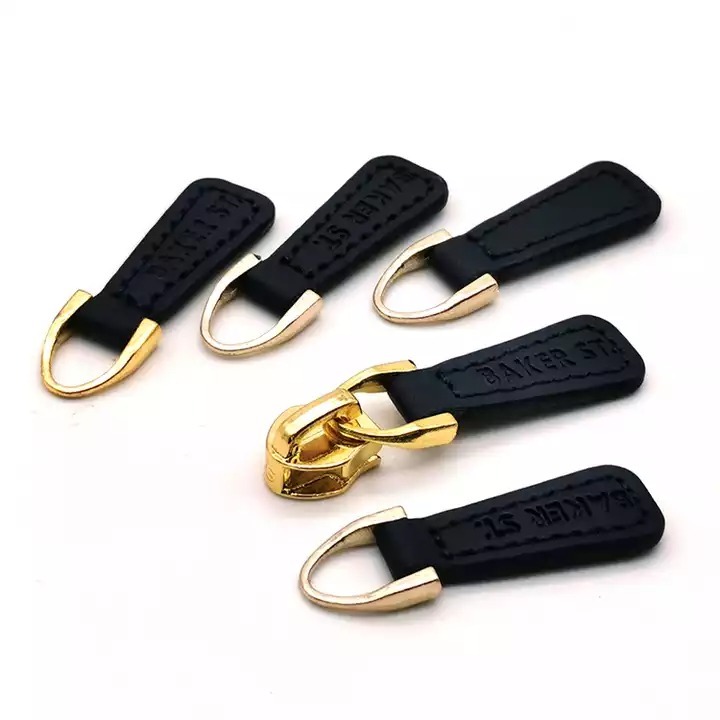Zippers are an integral component of various products, providing a convenient and secure closure mechanism. When it comes to choosing the right zipper for your custom projects, understanding the differences between various zipper sizes is crucial. In this article, we will explore the disparities between #3 and #5 zippers, shedding light on their characteristics, applications, and considerations for customization.
Understanding #3 Zippers
#3 zippers, also known as lightweight zippers, are commonly used in applications where a smaller and more delicate closure is required. The number "3" refers to the size of the zipper teeth, which measure approximately 3mm when closed. These zippers are typically made from nylon or polyester and are known for their flexibility and smooth operation.
Key Features of #3 Zippers
1. Size and Strength:
The smaller teeth of #3 zippers make them ideal for lightweight fabrics and garments such as dresses, blouses, skirts, and lightweight jackets. While they offer decent strength, they are not recommended for heavy-duty or high-stress applications.
2. Flexibility and Smoothness:
#3 zippers are known for their flexibility and ability to navigate curved or intricate designs. They offer smooth operation, allowing for easy opening and closing.
3. Availability and Variety:
#3 zippers are widely available in a range of colors, finishes, and tape materials. This versatility makes them suitable for customization to match specific design requirements.
Understanding #5 Zippers
#5 zippers, also known as medium-weight zippers, are larger and more robust compared to #3 zippers. The number "5" refers to the size of the zipper teeth, measuring approximately 5mm when closed. These zippers are commonly used in applications that require a stronger closure, such as jackets, bags, pants, and outdoor gear.

Key Features of #5 Zippers
1. Size and Strength:
The larger teeth of #5 zippers provide increased strength and durability, making them suitable for heavier fabrics and items that require a secure closure. They can withstand more stress and tension compared to #3 zippers.
2. Versatility:
#5 zippers are versatile and can be used in a wide range of applications, including apparel, luggage, backpacks, and other accessories. Their strength and durability make them a popular choice for custom projects that require a sturdy closure.
3. Customization Options:
Similar to #3 zippers, #5 zippers are available in various colors, finishes, and tape materials, allowing for customization to match specific design needs.
Considerations for Customization
When customizing zippers for your projects, consider the following factors:
1. Material and Finish:
Choose the appropriate material and finish for your custom zippers based on the desired aesthetic, functionality, and durability. Options include nylon, polyester, metal, or plastic zippers, each with its own advantages and considerations.
2. Tape Color and Design:
The tape color and design of the zipper can be customized to match or complement the overall aesthetic of your product. Consider the color scheme, branding elements, and desired visual impact when selecting the tape color and design.
3. Puller and Slider Customization:
Customizing the puller or slider of the zipper allows for further personalization and branding. Engraving, printing, or adding custom shapes to the puller can enhance the overall look and feel of the product.
Understanding the differences between #3 and #5 zippers is crucial when selecting the appropriate closure mechanism for your custom projects. While #3 zippers are ideal for lightweight applications and offer flexibility and smoothness, #5 zippers provide increased strength and durability, making them suitable for heavier fabrics and items. When customizing zippers, consider factors such as material, finish, tape color and design, and puller customization to ensure the final product meets your aesthetic and functional requirements.
By carefully considering these distinctions and customization options, you can confidently choose the right zipper size and personalize it to create custom zippers that are not only functional but also enhance the overall appeal of your products.


